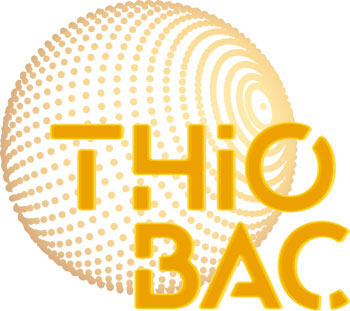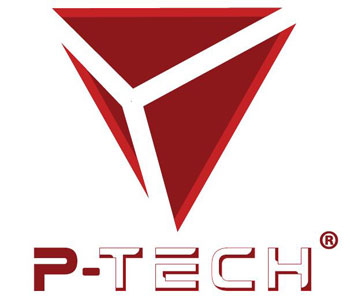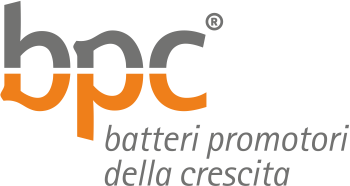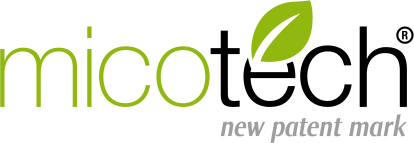Agriges’s company policy and mission have their focus in the research and development of modern and sustainable agricultural solutions. Our ultimate goal is to obtain safe and sustainable products that are effective in the field and meet the needs of the farmer and the distribution channel.

The RyZea production technology involves the extraction of bio-activating molecule from three different seaweed types, namely: Ascophyllum nodosum, Fucus spp. and Laminaria spp., originating in the Atlantic Ocean , which are collected in the phase of their cycle when the concentration of phytoactivating compounds reaches its peak.
Agriges’ research and development department has extensively studied various raw materials and active ingredients for a long time and has finally chosen this seaweed triptych as it guarantees a complete and balanced content of plant hormones, the most important component of seaweed extracts in terms of agricultural crop bioactivation.
Before starting the extraction process, the three seaweeds are selected, identified and controlled in order to verify their compliance with the quality requirements, and only afterwards do they pass to be processing phase.
As for the industrial production phase, then, the extraction process is extremely "gentle", so as not to alter the stability of the phytostimulating seaweed molecules. The extraction principle underlying the RyZea technology is the micronisation of seaweed and the application of pressure differentials to the micronised products so obtained.
The extract so obtained is then filtered at 200 meshes (75 microns), thus ensuring that all our liquid formulations containing RyZea do not cause any problems during their application in the field.
The extraction process does not include the use of:
• extraction methods involving the use of high temperatures;
• dehydration processes;
• chemical treatments;
• freezing processes.
How RyZea acts:
• the chelating agents of RyZea (alginic acid and free amino acids) promote the absorption and translocation of nutrients in the plant;
• RyZea's natural plant hormones activate plant metabolism and induce plant growth;
• the elicitor compounds contained in RyZea induce the plant’s response to harmful pathogens.
To see the video of the technology click here:

With EDDVEG, microelements undergo a double complexation with molecules of plant origin: lignosulfonates and oligopeptides.
The EDDVEG technology is completely sustainable for the environment: actually, unlike synthetic chelating agents, the lignosulfonates and oligopeptides contained in EDDVEG are of natural origin and completely biodegradable.
Thanks to EDDVEG technology, the absorption of microelements is maximised, and their translocation is favoured both in leaf and root application.
The sugars contained in the lignosulfonates of EDDVEG act on the plant metabolism, thus obtaining an energising effect on the plant, while its oligopeptides generate a biostimulant action for stress situations.
To see the video of the technology click here:
EDDVEG is the innovative production technology developed by Agriges

As part of the "Benevegefit" project, which saw the collaboration of Agriges with the Federico II University of Naples, a new microbic technology was born.
It aims to bioactivate plant metabolism and reduce production losses, even in the event of severe stress. The heart of the technology is the synergy between the exclusive Siderophoric Bacteria and the organic and mineral matrices:
• Bacteria chelate iron making it available for the plant.
• Organic acids favor the removal of sodium thus reducing the salinity of the soil.
• The micronized sulfur rebalances the pH of the soil and removes excess salts.
• The presence of totally available Iron performs a greening action on the foliage.

P-tech is the exclusive production process thanks to which all the fertilizers applied are actually available for cultivation.
The P-TECH process involves the coating of granular products with a layer of humic substances which:
• increase the availability of nutrients, especially phosphorus, in the soil, reducing the retrogradation phenomena;
• stimulate rooting improving yields;
• increase soil fertility and the share of nutrients available for the crop.

The BPC technology (growth-promoting bacteria) involves the insertion, in the products that it characterises, of a carefully selected microbial consortium containing growth-promoting rhizobacteria (PGPR) of the genus Bacillus spp., sporigenic bacteria that are able to withstand unfavourable environmental conditions.
BPC’s bacteria promote the availability of nutrients in the rhizosphere, especially of phosphorus, potassium and iron, through their solubilisation or chelation, thanks to the production of organic acids and phosphatases.
The inoculum of microorganisms can also modify the plant’s hormonal state: phytohormones such as auxins, cytokinins, gibberellins and ethylene can be synthesised by the beneficial microorganisms of BPC. These plant hormones regulate several physiological processes including rooting, root lengthening and root hair formation, as well as the vegetative and reproductive development of plants.

Micothech is a special production technology developed by Agriges characterized by the presence of a carefully selected microbial consortium containing plant development promoting bacteria, mycorrhizae, fungi and actinomycetes.
The Micothech microbial consortium is the result of a long-standing cooperation between Agriges’ research and development department and important research centres.
Micotech contains mycorrhizae of the genus Glomus spp., rhizosphere bacteria of the genus Azobacter spp. and Bacillus spp., a selection of fungi and actinomycetes including Trichoderma spp. and Streptomyces spp.
How Micotech acts
1. The endophytic mycorrhizae of the genus Glomus spp. develop within the colonised plant cells and guarantee a greater root absorption surface and a greater absorption of nutrients, in particular of phosphorus.
2. The growth promoting microorganisms of the genera Azobacter spp., Bacillus spp. and Streptomyces spp. colonise the rhizosphere and the plant itself (the enodiphytic ones) as well as promoting its development through the production of phytohormones, siderophores (low molecular weight iron-chelating compounds), volatile phytostimulant compounds and through nitrogen fixation.
3. The microorganisms contained in micotech occupy the ecological niches of pathogenic microorganisms preventing their propagation. Moreover, the presence of Trichoderma spp. stimulates the induced systemic resistance of the plant, which reacts by raising physical barriers and producing antimicrobial substances.

TNE (New Emulsion Technology) is a technology that improves the formulation of the Agriges liquid products that contain it.
The TNE technology reduces the contact angle between the liquid and the treated vegetable surface, thus allowing the liquid to overcome surface tensions and therefore to distribute evenly on the leaves.
This allows maximising the nutritional efficacy of the products and the absorption of nutrients by the plant.

Through the DINAMO production technology, a low molecular weight polymer has been deprived of all heavy appendages and thus made phyto-active. Its small size allows chelating and increasing the absorption of nutrients and inducing the plant to synthesise metabolites (phytoalexins) involved in the plant's natural defensive responses.

The Foamtechnology technology makes use of the effectiveness of press cakes derived from plant species belonging to the Meliaceae family. These press cakes are particularly rich in substances such as:
• Saponins;
• Tannins;
• Steroid glycosides;
• Triterpenoids;
• Alkaloids.
When in contact with water, the Foamtechnology technology generates a micro-foam that oxygenates the soil, making it more hospitable for the plant and its roots.




